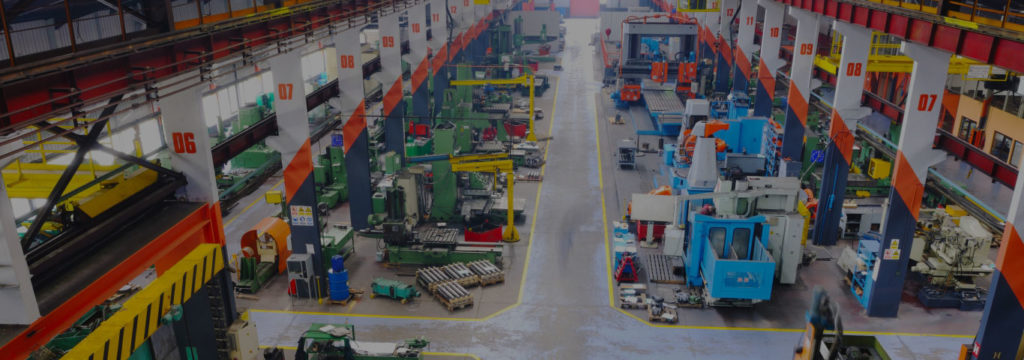Situation
The manufacturing industry is undergoing a sea change with changing times and the pressure to reduce costs without compromise on quality has become the order of the day. In order to reduce production costs, it’s imperative that the processes be mathematically understood and controlled so that the best of the benefits are realized. The objective was to help Business and Process Owners reduce the cost of paper manufactured while keeping the quality of product at its best.
Impact
The engagement provided quantified savings in terms of reduced expenditure on overheads consumed and less raw material ( pulp ) for achieving the same quality of the paper. It also gave clear insight on operational parameters influencing paper quality.
Resolution
Paper is a thin material produced by pressing together moist fibres of cellulose pulp derived from wood, rags or grasses, and drying them into flexible sheets. It is a versatile material with many uses, including writing, printing, packaging, cleaning, decorating, and a number of industrial and construction processes. Paper is characterized by properties like calliper (thickness in μm), GSM (grams per square metre) and moisture content (%) which determine properties like stiffness (the ability for a sheet of paper to resist bending), bulk (weight per unit volume), tensile strength (maximum stress to break a strip of a paper sheet, depends on fibre orientation), edge wick (Water absorption at the edge) and many others. A regression model that explained the statistical relationship between moisture content and operational parameters was established. Once established and validated, the model parameters operating ranges to achieve a specific range of moisture was arrived at by an optimization algorithm and the same was implemented during the production process.






